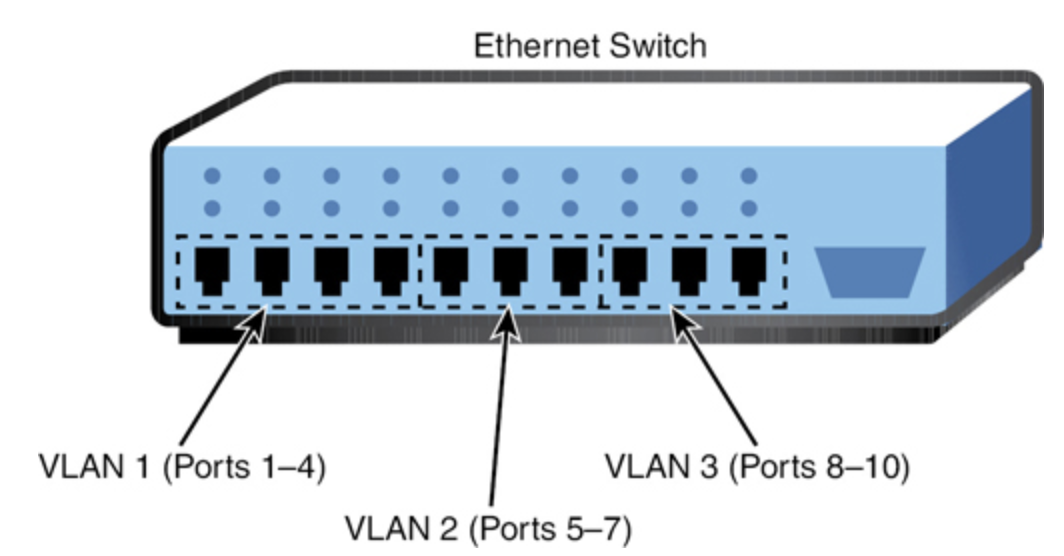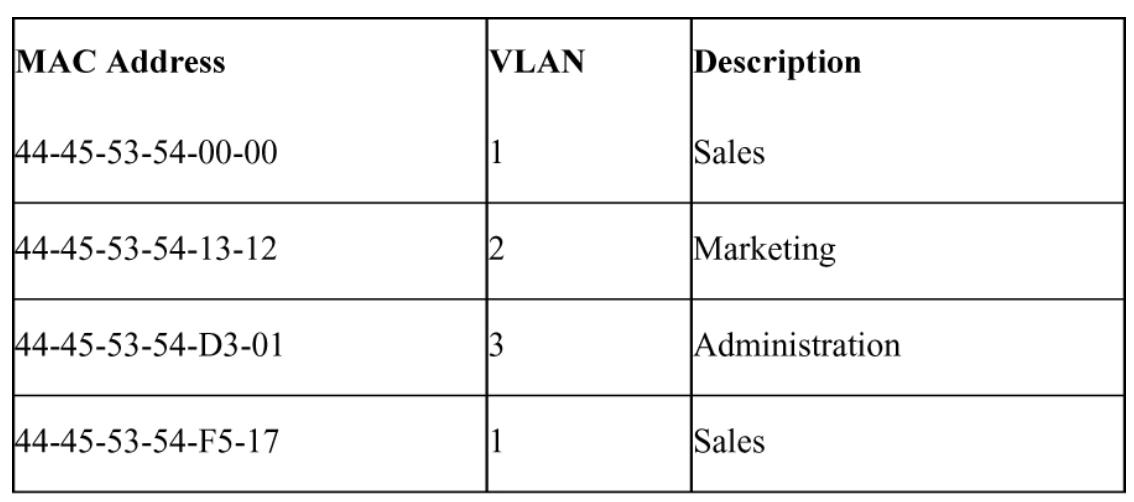ROUTING - Unit 1 (Chapter 3)
1/64
There's no tags or description
Looks like no tags are added yet.
Name | Mastery | Learn | Test | Matching | Spaced |
|---|
No study sessions yet.
65 Terms
Static Routing
manually entering routes into router’s routing table; best used in small networks; need manual updates, prone to errors, not scalable
Not persistent by default (won’t survive reboot)
To make it persistent, use -p switchEx: route -p add 192.168.2.1 mask 255.255.255.0 192.168.2.4
Static Routing syntax
route add [destination IP] mask [subnet mask] [next-hop IP]
Ex: route add 192.168.2.1 mask 255.255.255.0 192.168.2.4
Route used by routers when no other specific route is found in the routing table; it forwards traffic to a default gateway.
Default route in CIDR notation
Default route IPv6
Dynamic routing
enables routers to pass info about themselves to other routers so that other routers can build routing tables
Route Redistribution
Sharing learned routes across different protocols or sources; Needed when combining multiple routing protocols in a network
communication between distance-vector routers; each router represents 1 hop;
“next hop” = next closest router packet can go
mix of both distance-vector and link-state features; used for routing between large networks; uses TCP; examines routing table to find best paths and uses cost metrics to determine most efficient route
tracert command
IPv4; used in Windows to see how many hops a packet takes to reach a destination
tracerouteused for macOS and Linuxtracert -6, traceroute6, traceroute -6is IPv6 equivalent
Routing loops
routing tables on routers are slow to update and a repeated communication cycle is created between routers
Split Horizon (way to combat routing loops)
prevents router from advertising a route back to other router from which it was learned
Poison reverse / split horizon with poison reverse (way to combat routing loops)
notes that route is advertised back on the interface from which it was learned, but has hop count of infinity which means route is unreachable
Latency
amount of time it takes for a packet to travel from one location to another
Maps one internal IP to one public IP
6to4 (tunneling)
4to6 (tunneling)
Sends IPv4 packets over an IPv6 network
improve network reliability and resilience, ensuring continuous access to network resources and services by preventing downtime if default gateway router fails; multiple routers share 1 virtual IP & MAC address
Features:
Virtual IP address: if one router fails, another takes over automatically
Virtual MAC address: helps devices find gateway using same MAC
Redundancy Protocols:
Hot Standby Router Protocol (HSRP) which is Cisco specific,
Virtual Router Redundancy Protocol (VRRP) which is industry standard
Gateway Load Balancing Protocol (GLBP) which adds load balancing across routers
Router Election: routers vote to choose a primary (the main router that handles traffic)
Subinterface
virtual interface created on top of a physical interface (like a router port) to handle multiple VLANs or subnets;
Used in router-on-a-stick setups for inter-VLAN routing with 802.1Q tags
Each subinterface = one VLAN, with its own IP, VLAN ID, and encapsulation
Enables VLAN communication on a single physical interface
Virtual Local-Area Networks (VLAN)
virtual group of devices on a network that can communicate like they’re on the same physical network, even if they’re not; used for network segmentation to improve performance, organization, and security
Trunk Port
Cable that carries traffic for multiple VLANs; 802.1Q tags used to mark VLAN IDs
Protocol-based VLANs (VLAN membership)
Devices are grouped into VLANs based on Layer 3 protocol (e.g., IP); Uses IP address to assign VLAN, not for routing
Example: A subnet (like 192.168.1.0/24) could be assigned to its own VLAN
Port based VLANs (VLAN membership)
VLAN membership assigned based on physical port number on a switch

MAC address-based VLANs (VLAN membership)
VLAN memebership assigned based on MAC address

Native VLAN
only VLAN not tagged when sent over a trunk.
Transmitted unchanged.
Must be the same on both ends of the trunk link.
Tagging is required when trunking VLANs to differentiate traffic between VLANs.
Switch Virtual interface (SVI)
virtual gateway that lets devices in different VLANs talk to each other by routing traffic inside the switch; act like default gateways (a way out) for devices in VLANs; Without it, devices in different VLANs can’t communicate
Each SVI is linked to one VLAN
It’s given an IP address and subnet mask
Devices in that VLAN are told: “Use this SVI as your default gateway”
If a device wants to talk to another VLAN, traffic is sent to the SVI
The switch uses its routing table to forward the traffic to the right VLAN
How It’s Set Up:
Configured using command-line (CLI) or a switch’s management interface
You can assign IP addresses, set up routing, apply ACLs (Access Control Lists)
This makes a Layer 2 switch act like a Layer 3 router
used in network bridges and switches to actively monitor the network to avoid/eliminates loops on a layer 2 bridge; Spanning Tree Algorithm is used to correct loops if they happen
If port has problem, protocol can block or disable the port, or forward data to different port
largest size in bytes of a data packet that can be transmitted over a network protocol without fragmentation; Standard Ethernet MTU = 1500 bytes
Larger MTU = fewer packets, less overhead, better efficiency
If data exceeds MTU, it is fragmented into smaller packets, which adds overhead